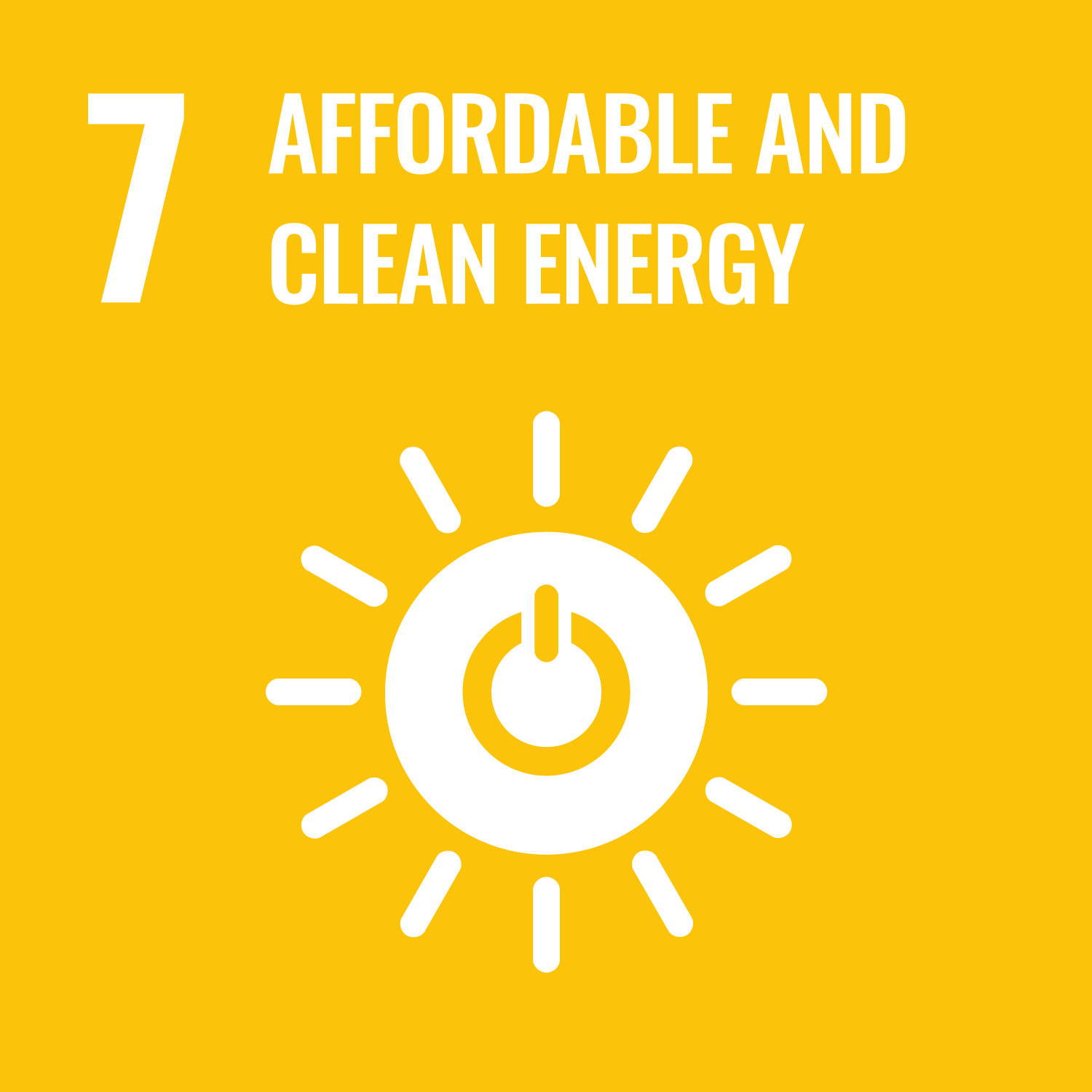ORCID
- Genhua Pan: 0000-0002-2678-7898
Abstract
Graphene in combination with Si has been extensively used to prepare efficient and stable p-graphene/n-Si Schottky junction solar cells. In contrast, there is a difficulty in including graphene within the fabrication process of efficient and stable n-graphene/p-Si Schottky junction solar cells. The reason for this is that there is a challenge in achieving an effective and stable n-doping process for graphene or rGO due to the ambient environment. In this work, a novel approach is introduced for preparing more efficient, stable, larger and simpler n-rGO/p-Si Schottky junction solar cells. The n-rGO rather than graphene, which has been successfully developed using NH3 molecules, is included in the fabrication process of n-rGO/p-Si Schottky junction solar cells. Accordingly, the power conversion efficiency of 9.7 was obtained for prepared devices after applying ammonia treatment for 3 h. For the first time, the developed n-rGO layers are also excellently employed to prepare large n-rGO/p-Si Schottky junction solar cells with ideal J-V curves. The improved efficiency of 12.6 % is reached for n-rGO/p-Si Schottky junction solar cells prepared with an active area of 0.6 cm2. To improve the stability, devices are coated with PMMA as an encapsulated layer, leading to an improvement in the stability for 2 months in the ambient air. Additionally, a recorded efficiency of 13.8 % is achieved. We attribute this development to the chemisorption of ammonia molecules on rGO, which effectively develops the performance of devices.
DOI Link
Publication Date
2022-01-01
Publication Title
Carbon Trends
Volume
9
Acceptance Date
2022-08-22
Deposit Date
2022-10-24
Embargo Period
2022-10-25
Recommended Citation
Suhail, A., Abed, M., Ahmed, S., Al-Kadmy, I., Altaii, H., & Pan, G. (2022) 'Developed performance of rGO/p-Si Schottky junction solar cells', Carbon Trends, 9. Available at: 10.1016/j.cartre.2022.100205


